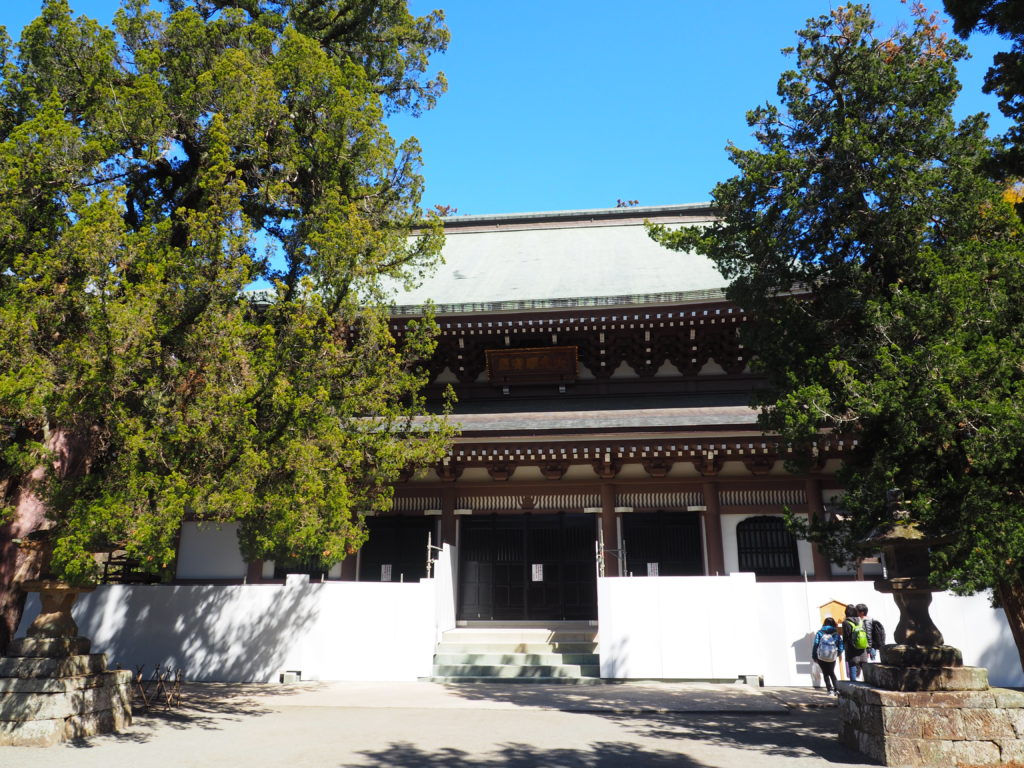Engaku-ji ranks second among five top Zen temples of Kamakura
Hojo Tokimune (1251-1284) lead the Japanese army against the invasion of the Mongols. He had always embraced Zen and thus he invited Zen Master Mugaku Sogen, a high-ranking priest and monk from China. Mugaku Sogen founded Engaku-ji in 1282 mainly to honor the war dead from both sides of the conflict.
Zen Master Mugaku Sogen (1226-1286) was born in China and committed himself to the ascetic practices to become a priest at the age of 12 (maybe as soon as 11). In 1279 when he arrived in Japan upon the invitation of Hojo Tokimune, Japan was in the midst of the battles against Mongolia and he was initially the abbot of Kencho-ji.
Mugaku Sogen: “The fact that we are living here, now, in the present – this is the true meaning of the existence of the Buddha. Nothing is more precious than this. How marvelous this is! How important this is to realize from the bottom of one´s heart! This is the way in which all of us, each of us in our own fashion, will awaken to the truth and each live, in our own way, a cheerful and happy life. This is the teaching of Zen”.










 <
<
 Karamon – Gate For Imperial Envoys – from 1839. The shape of the roof resembles a bow on its side and is called Karahafu[/caption]
Karamon – Gate For Imperial Envoys – from 1839. The shape of the roof resembles a bow on its side and is called Karahafu[/caption]






